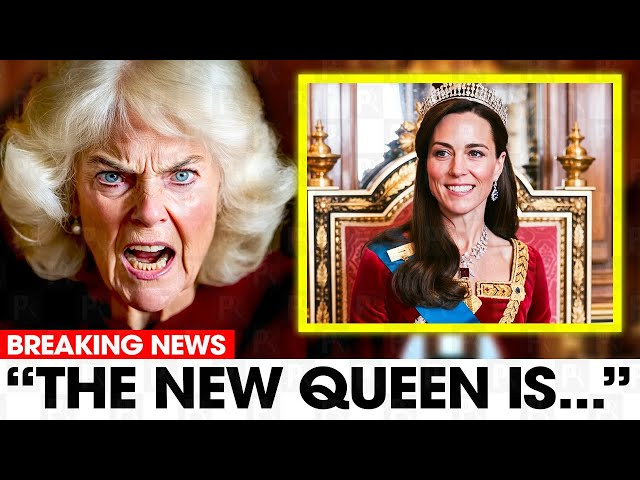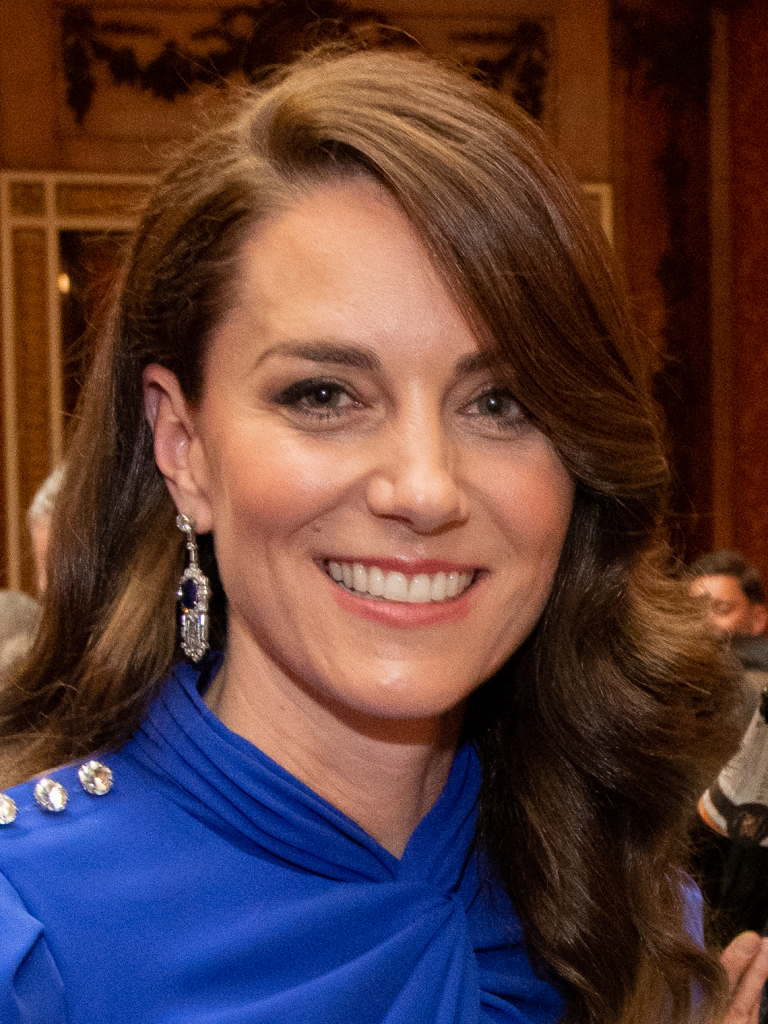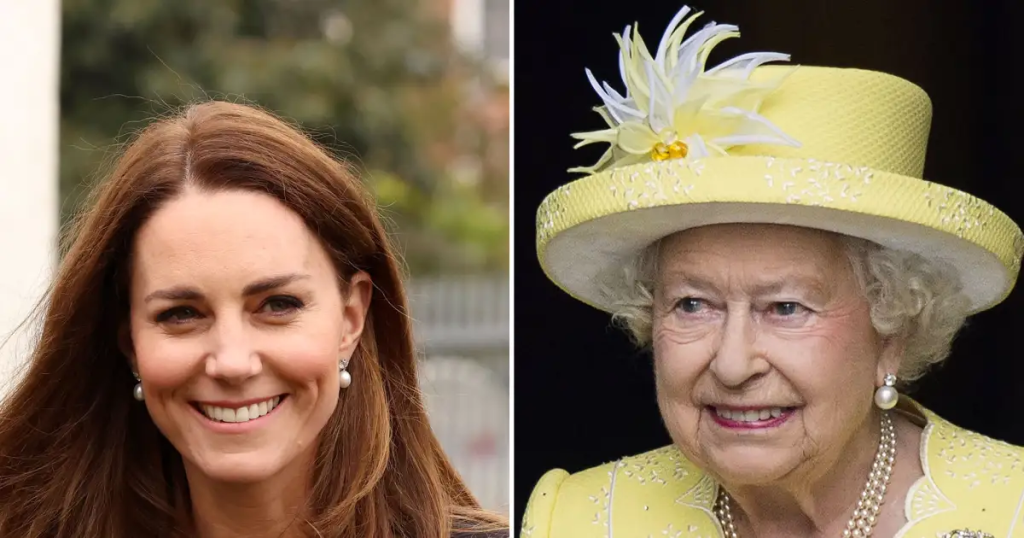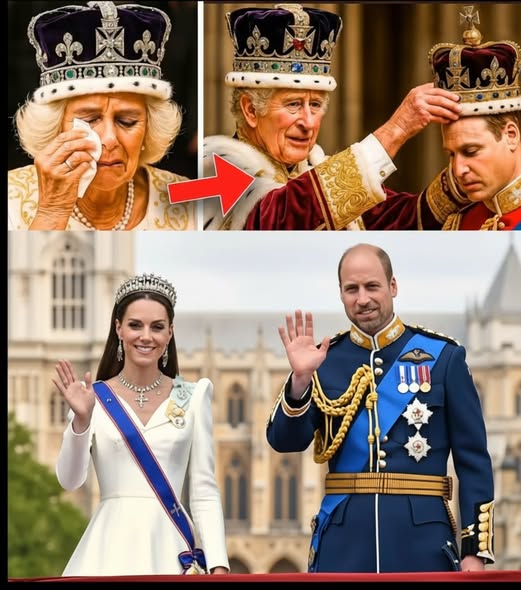Over the weekend, social media erupted with an astonishing claim: Catherine, Princess of Wales, had officially “taken the throne” while Queen Camilla had “lost her title.” The sensational posts spread quickly across platforms, sparking widespread debate and speculation. Despite the frenzy, Buckingham Palace has remained entirely silent on the matter, offering no statement or confirmation of such a dramatic shift in royal protocol. No official record, including the Court Circular, the Privy Council record, or any other authoritative channels, has acknowledged the supposed change.

The rumors, fueled by royal bloggers, YouTube commentators, and high-traffic gossip sites, suggest an internal decision that would elevate Catherine to the status of Queen Consort while removing the title from Camilla, who had assumed the position following the accession of King Charles III. The idea has captivated royal watchers, many of whom have long speculated about the future of the monarchy and the roles of its key figures. Yet, as of now, there has been no formal, legal, or constitutional step taken to support such a claim.
Constitutional experts and legal scholars are quick to point out that any title change of this magnitude would require significant legal formalities — none of which have been publicly addressed. There has been no declaration by the King, no involvement of the Privy Council, and no official publication in the Gazette, which is the primary means of announcing such important changes. Additionally, there have been no updates in official Palace materials that would reflect any shift in royal titles. As one royal-law scholar explained, the notion that a reigning consort could lose her title without a formal instrument or legal procedure is “constitutionally implausible.”

Yet, despite the lack of any tangible evidence or official confirmation, the rumor has taken hold with astonishing speed. Several factors have contributed to its viral nature. First, there is Catherine’s overwhelming popularity with the public, which contrasts sharply with Camilla’s more contested standing. Over the years, Camilla has faced significant public scrutiny, and the public’s affection for her has remained lukewarm, especially in comparison to Catherine, who has been widely praised for her poise, public service, and close relationship with the British people.

Second, the royal family’s silence on various issues, particularly during times of transition, has historically fueled rampant speculation. With King Charles III now firmly established as monarch, some observers have begun to look ahead to the future of the monarchy and the potential role of William and Catherine in a post-Charles era. The lack of clarification from the Palace on these issues leaves room for such rumors to flourish.
Lastly, there is a broader, more intangible narrative online that suggests William and Catherine are already shaping the future of the monarchy. This narrative has gained traction, particularly in the context of Catherine’s growing influence and her close relationship with the public. As a result, many believe she is the true face of the monarchy’s future, even though no official steps have been taken to substantiate this claim.
Even if the rumor proves to be false, the fact that it has gained so much traction is revealing in itself. The symbolism behind the fantasy speaks volumes about the public’s perception of Catherine’s role within the royal family. To many, Catherine already embodies the qualities of a “future Queen” in a way that feels immediate and real, even without the formal title. In contrast, Camilla is still viewed by a portion of the public as a transitional figure, someone who holds the title of Queen Consort temporarily until a future monarch ascends the throne. This narrative, whether based on fact or not, resonates deeply with the public’s desires and their vision of the monarchy’s future.
One of the most striking aspects of the rumor is how quickly it was embraced by so many. In the absence of any official word, the public’s imagination has taken over. Catherine, without a crown or formal title, has become a symbolic queen in the eyes of many. This phenomenon highlights the power of perception and the role of public sentiment in shaping royal narratives. While legal processes and constitutional rules dictate the official titles within the monarchy, the emotional connection that the public feels toward certain figures can often transcend these formalities.
At its core, this story speaks to the broader theme of legacy and perception. Titles, roles, and official status are important in the royal family, but so too is the way these figures are perceived and embraced by the public. In this case, the popularity of the rumor may not only reflect the public’s affection for Catherine but also their desire for a shift in the monarchy’s leadership. The fact that millions of people are willing to believe this unconfirmed rumor — and even to treat it as fact — suggests that, in their minds, Catherine already occupies the throne.

As of now, however, the reality remains unchanged. King Charles III is still the reigning monarch, Camilla remains Queen Consort, and Catherine continues to be Princess of Wales. No official body has recorded a change in titles, and Buckingham Palace remains silent. But the speed with which the public has embraced this idea reveals an important truth about the role of media, perception, and public sentiment in the modern monarchy. In today’s world, the most powerful shifts may not always be those made in palace corridors, but those felt in the hearts and minds of the people. And perhaps, in that sense, Catherine’s reign has already begun — not by decree, but by the will of the people themselves.



